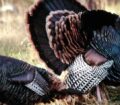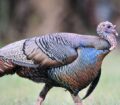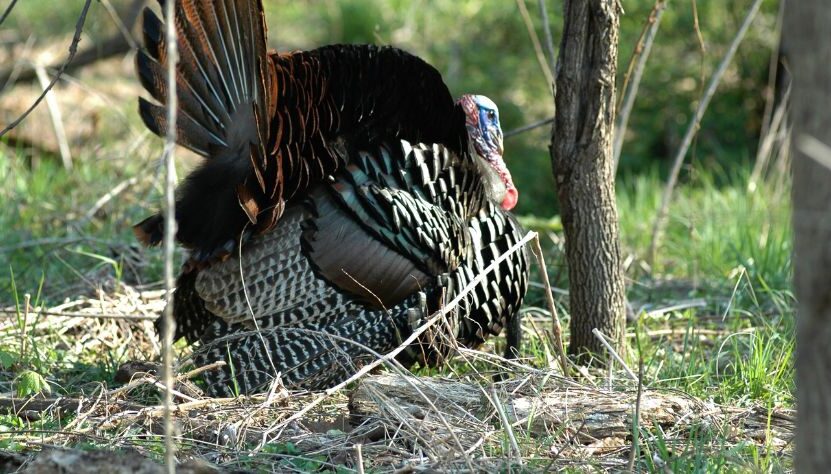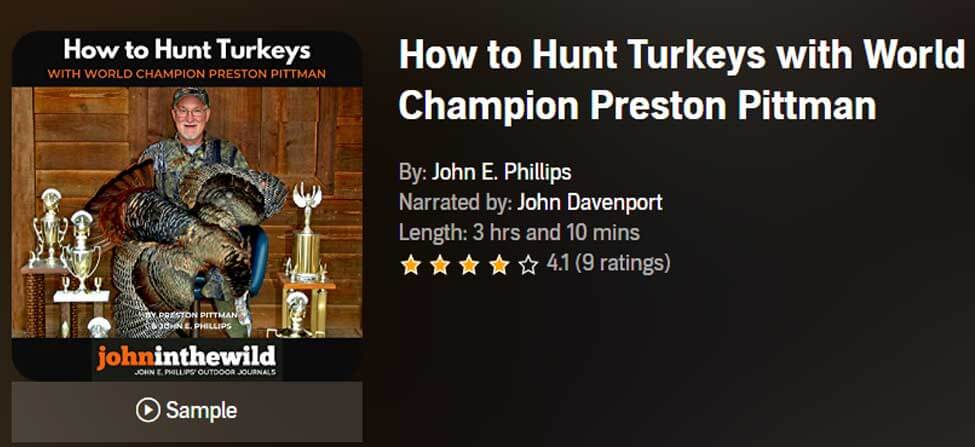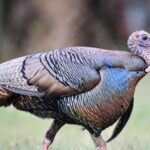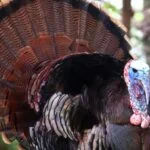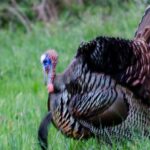Editor’s Note: Often when a new call comes to the market, turkey hunters will put away their old calls and start using the newest, latest and greatest call. However, old turkey calls are just as effective, if not more effective, today than they were in the past. Such is the case with the turkey tube call, the wing bone call and the trumpet call. I met Lyle Gilbert of Tuscaloosa, Alabama, a forester, a turkey-hunting guide since the mid-1990s and the creator and owner of Houndstooth Game Calls,when I saw him blowing a tube call at a turkey showcase. Years ago the tube call was considered to be one of the most-productive turkey calls on the market. I talked with Gilbert, who grew up chasing deer and turkeys near Livingston, Al, to learn why today he’s producing tube calls, trumpet calls and wing bone calls.
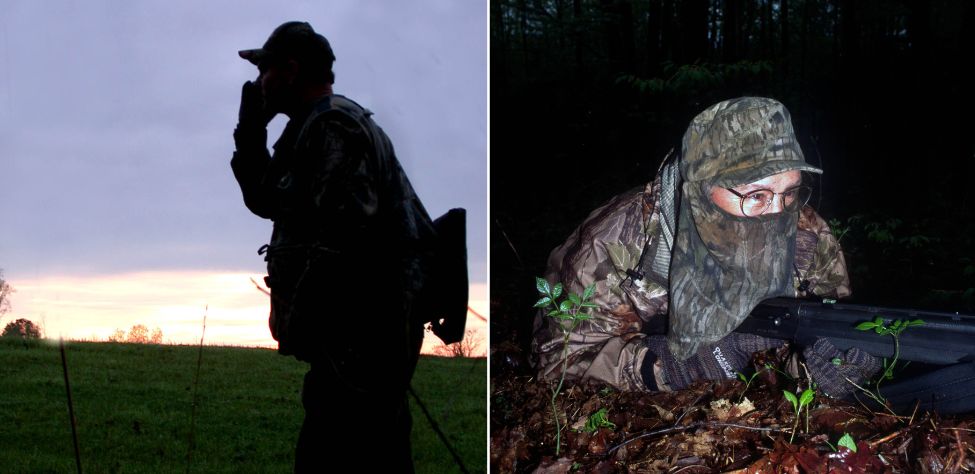
One of the oldest calls that was used years ago to give the gobbler a different sound was the wing bone call. The bones in a turkey’s wings are hollow. There’s a small bone that resembles a straw, only smaller, and a bigger bone that looks like a trumpet that’s closer to the body of the turkey. By gluing these bones together, a turkey hunter can suck on the straw-looking bone and make a cluck, a yelp and other calls that wild turkey make. However, since the hunter has to suck on the call to make the sounds of a wild turkey, once again there’s a learning curve that makes this call somewhat more difficult to use than other turkey calls. John in the Wild wanted to know why Lyle Gilbert started manufacturing calls like the wing bone call.
“One of the wing bone calls that we make we developed by using rivercane that we collected from the banks of the Tombigbee River in west Alabama,” Gilbert explains. “When we make trumpet calls, which is a little different and bigger suck-in-air type call, we use more-exotic woods to create a new and different sound that most turkey gobblers never have heard. Trumpet calls and wing bone calls have become very collectible by turkey hunters. However, I make these calls to help turkey hunters create new sounds that are often more effective in making a wild turkey gobbler give up his position.
“An advantage of the wing bone call and the trumpet call is that if you are turkey hunting on public lands, the gobblers on those public areas probably have heard just about every turkey call on the market today. However, when you use a tube call, a wing bone call or a trumpet call, the sounds that these calls produce are much like having a new hen move into the neighborhood that the gobbler hasn’t met yet, and he’s not call shy of those sounds. In areas where turkeys receive a lot of hunting pressure, these calls have been helping public-land hunters take gobblers that they normally can’t take. When you yelp on one of these types of calls, the sound is much like the key that unlocks the door to taking a gobbler. So, the time you spend learning to use these calls is well worth the effort. Even though learning to use these calls requires more time, they can be some of the deadliest weapons that a turkey hunter can put in his arsenal of calls.
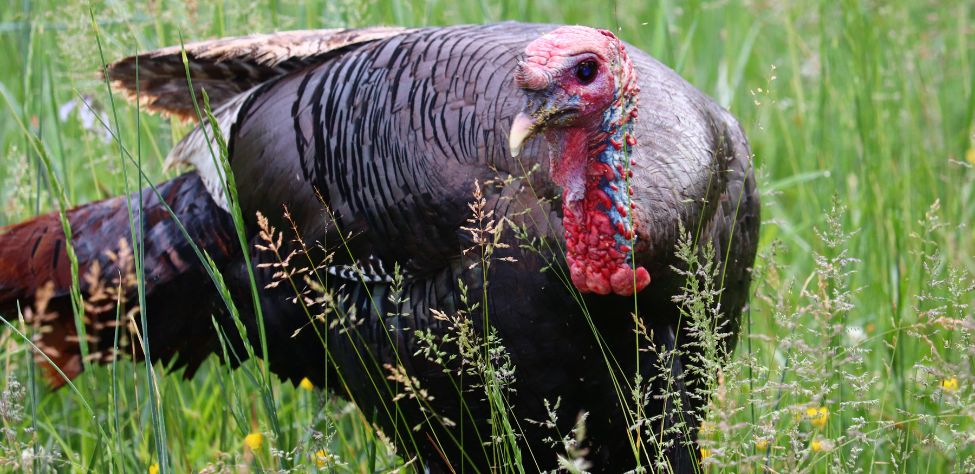
With most other calls, you either blow into them or use your hands to push, pull and/or scratch to make turkey sounds. But with the wing bone and trumpet calls, you have to suck air through the device and learn the rhythm and the volume of air that you need to suck through the call to make it give the turkey sound that you want to deliver to the gobbler. You have to drop your jaw as you are sucking air through the calls. Once you learn air control coming through the call, next you have to learn to use your hands to create a sound chamber. You can kee-kee, yelp, gobble, and even purr on the wing bone and trumpet calls and change the sounds by the way you cup your hand to make the sound louder or softer. I’ve found that these calls are usually most effective toward the end of turkey season from mid-April to the end of the season because they can sound more like a young hen than an older hen. I’ve learned that the younger hens are most often the last hens bred by the gobbler. Since the gobblers haven’t heard that sound until late in the season, they seem to react to it much better than they do the other turkey calls on the market.”
Looking for more content? Check out our YouTube channel and watch “Turkey Calling Mistakes” by John E. Phillips.
Check out John E. Phillips’ 12th book: “Turkeys: Today’s Tactics for Longbeards Tomorrow“
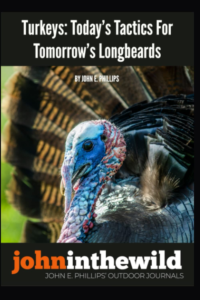
- hunting strategies with pros Will Primos, David Hale, Eddie Salter, Preston Pittman, Allen Jenkins, Terry Rohm, Paul Butski, Larry Norton and others.
- information about taking turkeys with .410 shotguns.
- box-call techniques.
- strategies for moving on turkeys.
- ways to hunt public-land gobblers.
- the differences in calling and hunting Eastern, Osceola and Western turkeys.
- the latest research on turkeys; and other information.
Click here to check out John’s 12th turkey book.
Expert Guidebooks on Turkey Hunting: Best Sellers
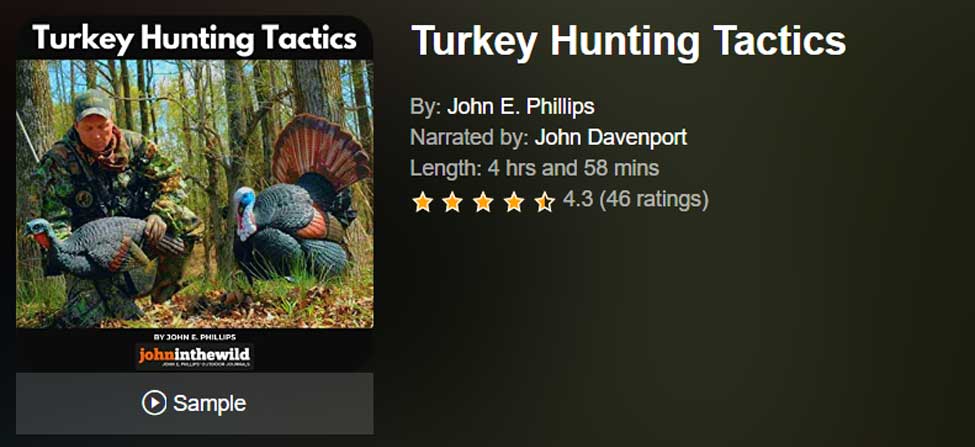
Turkey Hunting Tactics
This turkey hunting audiobook has entertaining chapters like: “How to Miss a Turkey”, “Hunting with a Guide”, and “The Turkey and the New York Lady”.
You’ll learn about all the subspecies of turkey across North America, how to use a turkey call, how to scout before turkey season, how to find a turkey to hunt, and what hunting gear you’ll need to put the odds in your favor to take a wily gobbler.
VERSIONS: AUDIBLE, KINDLE & PRINT
How to Hunt Turkeys with World Champion Preston Pittman
You easily can take a turkey if you don’t make any mistakes, but you have to know what the deadly sins of turkey hunting are to keep you from making those mistakes. If you understand how to hunt a turkey, you’re far more likely to take a gobbler than if you just know how to call a turkey.
Of course, calling is important, and if you want to learn to call a turkey, Preston Pittman will teach you how to call turkeys with box calls, friction calls, diaphragm calls, and other turkey sounds.
You’ll also learn why Preston Pittman once put turkey manure all over his body to kill a tough tom.
When you have turkeys that strut and drum in the middle of a field, when you know there’s no way to get close enough to get a shot, Pittman will show you some weird tactics that have worked for him to help you hunt tough ole toms.
But the main thing you’ll learn in this book is how to become the turkey.
Using what he’s learned while hunting wild turkeys, he’s also become a master woodsman who can take most game, regardless of where he hunts. To learn more secrets about how to be a turkey hunter from one of the world champions of the sport, this turkey-hunting book with Preston Pittman is a must.
VERSIONS: AUDIBLE, KINDLE & PRINT
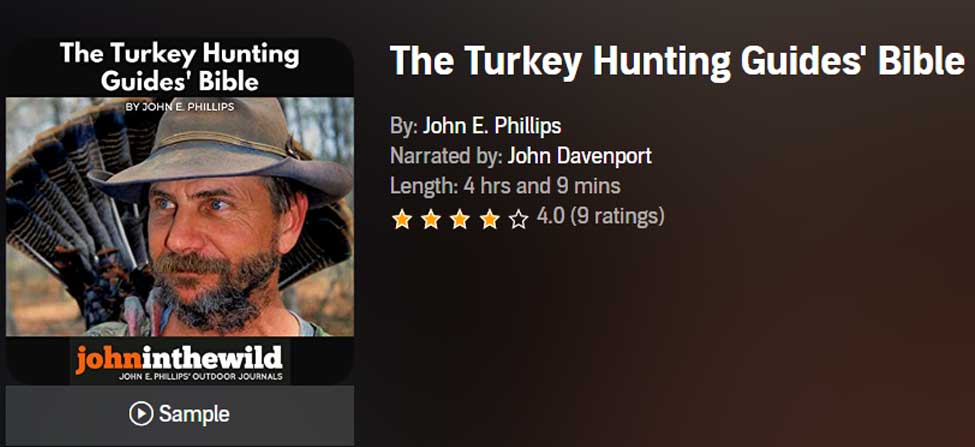
The Turkey Hunting Guides’ Bible
The quickest way to learn how to turkey hunt successfully is to either hunt with a turkey hunter with years of experience or a turkey-hunting guide. These two types of turkey hunters have solved most of the problems turkey hunters ever will face.
Just as one size of shoes won’t fit every person, one style of turkey hunting doesn’t fit each hunter. Each turkey-hunting guide interviewed for this book has his own style of calling, hunting, and outsmarting turkeys.
While listening to this book, make a list of the new information you’ve learned, take that list with you during turkey season, and try some of the new tactics. Then you’ll become a more versatile turkey hunter and prove the wisdom from The Turkey Hunting Guides’ Bible.
VERSIONS: AUDIBLE, KINDLE & PRINT
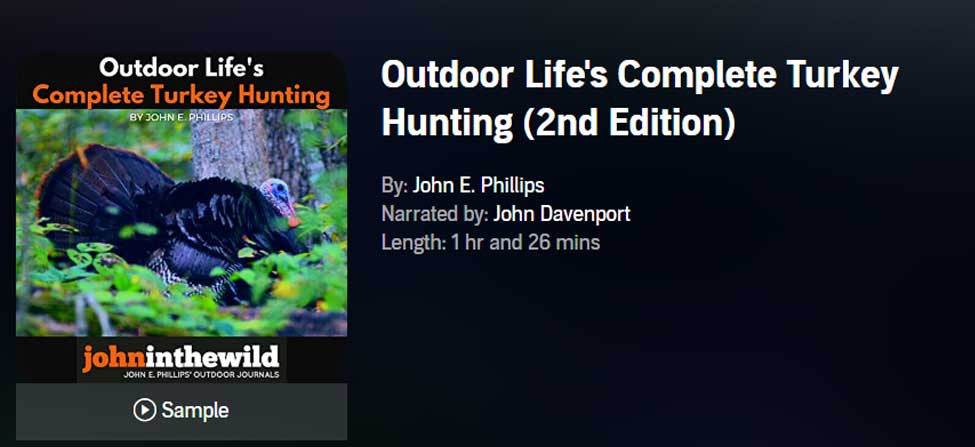
Outdoor Life’s Complete Turkey Hunting (2nd Edition)
This Audible book will help you learn how to call turkeys with two of the nation’s best, longtime and well-known turkey callers, Rob Keck, formerly with the National Wild Turkey Federation, and Lovett Williams, a wildlife biologist who recorded wild turkeys giving the calls that you’ll learn how to make on various types of turkey callers.
VERSIONS: AUDIBLE & KINDLE
Tomorrow: A Turkey Hunt’s Not Ever Over

